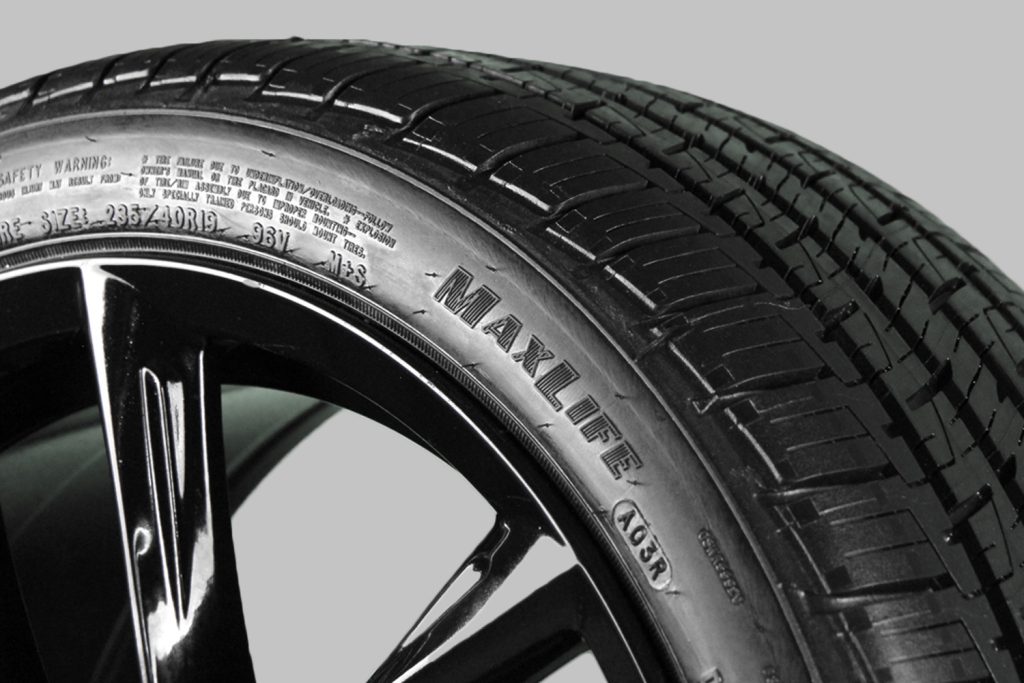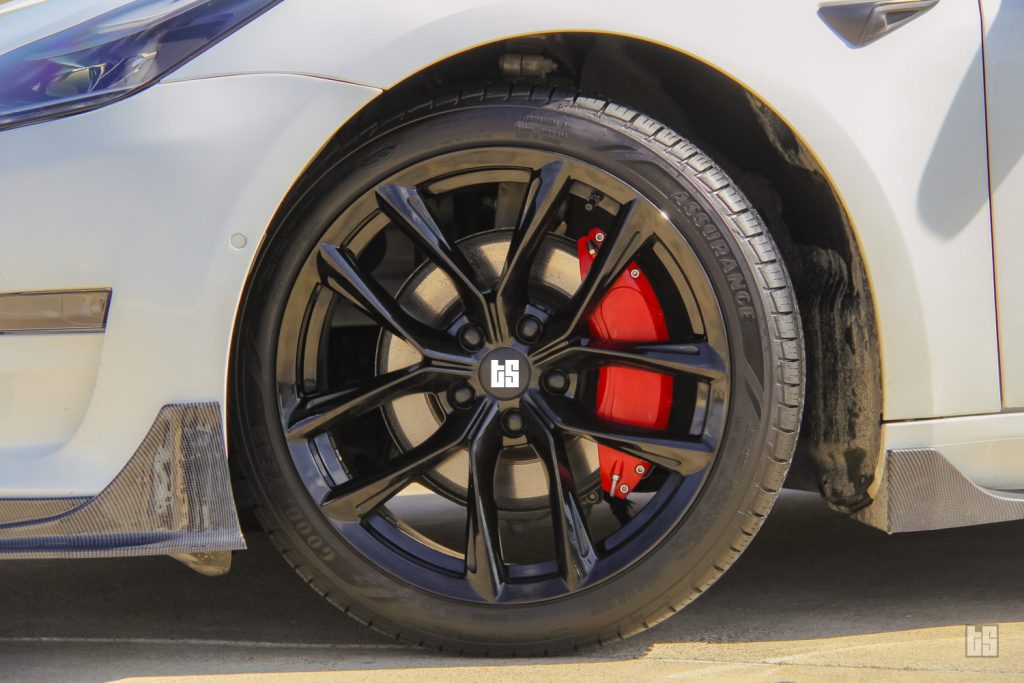By: Otaiba Ahsan

Depending on which trim of your Tesla you take delivery of, they’ll come equipped with either all-season or Summer tires. When it comes to vehicle ownership, it can be confusing to determine what type of tire you need, with the abundance of brands and tire types available. At the end of the day, it’s best to review your individual needs and get something that makes the most sense for you. Winter, all-season, or Summer tires? In this post, we’ll focus on the happy medium, and perhaps the most versatile. Continue for the Tesla owner’s complete guide to all-season tires.
Frequently Asked Questions About All-Season Tires
While all-season tires are the most common for vehicles on the road, there are a lot of questions that many people have:
1) What are the Benefits of All-Season Tires?
These tires can give motorists the best of both worlds, with a tread depth suitable for most weather conditions. Moreover, all-season’s typically have a longer tread life on average than a more specialized tire like Winter, so you’re often getting more bang for your buck over time. Another underrated benefit of these tires is that there’s no hassle of changing and storing them as they’re suitable for use all year round.
2) What’s the Difference Between All-Season Tires and Winter or Summer Tires?
Summer and Winter tires are designed specifically to perform in more extreme climates and weather conditions. If using Winter tires, they’re supposed to be put on when the temperature falls below 46 °F, whereas for Summer, it’s best to use them when it’s above 46 °F. On the other hand, all-season tires can be used in warm or cold weather and are designed to provide reliable performance in rain as well as light snow. Of course, you won’t have the same safety or performance as a specialized tire, but they are still a great option for most.
NOTE: It’s a good idea to look for all-season tires with M+S or 3PMSF written on the sidewall. These stand for Mud and Snow and Three Peak Mountain Snowflake respectively. Having these symbols indicates that your all-season tires have been tested to perform well in mud and light snow.
3) Are All-Season Tires the Best Option for Teslas?
It all depends on your circumstances. If you live in an area where the weather doesn’t get too hot or cold throughout the year, and the risk of severe snowstorms is low in the Winter, then using all-season tires is perfectly safe. It also depends on how frequently your Tesla is driven. For example, you might be somewhere where it does snow frequently, however, if the car is rarely used, you can probably get by with all-season tires.
The best thing to do is to outline how often your car will be driven and how the weather typically is throughout the year in your area and make an informed decision based on those factors. If you’re in the market for Winter tires, see our complete guide on them for Tesla’s specifically.
Key Considerations When Purchasing All-Season Tires
Now that we’ve determined the benefits of all-season tires, let’s talk about what makes quality ones.
1) Do Your Research
There are an endless amount of all-season tires and packages out there. If a price is too good to be true, then it probably is. Look for well-known brands like Michelin or Goodyear for example. You can also save some money if you go with ones that come from China, but they won’t be as reliable or last as long as the more reputable companies. For wheels, if you care about the look then you might want to grab OEM ones.
2) Shop at the Right Time of the Year
Spring and Fall are typically great times to find deals on all-season tires. Many retailers will offer discounts during these seasons as a lot of motorists are swapping their tires out at this time. If you keep waiting until the Summer, then the price will likely go up, as the demand increases while supply decreases. So, if you’ve made up your mind and know it’s the best decision, then make the purchase.
3) Consider Complete Packages
A lot of businesses have made it easy now, providing complete packages for all-season tires. These should include the tires already mounted on the rims, and the tire pressure monitoring system (TPMS) on them as well. While these packages might be slightly more expensive, the convenience factor is a huge plus.
Tesloid’s All-Season Tire Package for the Model 3
The Tesla Owner’s Complete Guide to All-Season Tires has now covered benefits and considerations. Now, it’s time to choose your all-season tires! Lucky for you, Tesloid has a complete set for the Model 3.

This package includes Standard Touring Goodyear Maxlife Tires, perfect for drivers looking for prolonged tread life and for great traction in dry, wet, and wintery conditions. You’ll get them with Tesloid’s TS01 19-inch rims.
The tires come mounted onto the rims with tire pressure monitoring sensors (TPMS) and are balanced and ready to go. You can take them to any auto shop, and they can install them for you with ease.
The Bottom Line
The Tesla Owner’s Complete Guide to All-Season Tires is now finished! Here are the key takeaways. Know the benefits all-season tires provide over Winter or Summer ones, and then review in detail all the key considerations that come up when making this decision. Once you’re ready, choose a trusted place where you can purchase the tires. Don’t forget to account for the cost to purchase the tires, and where you’ll store your old tires.
